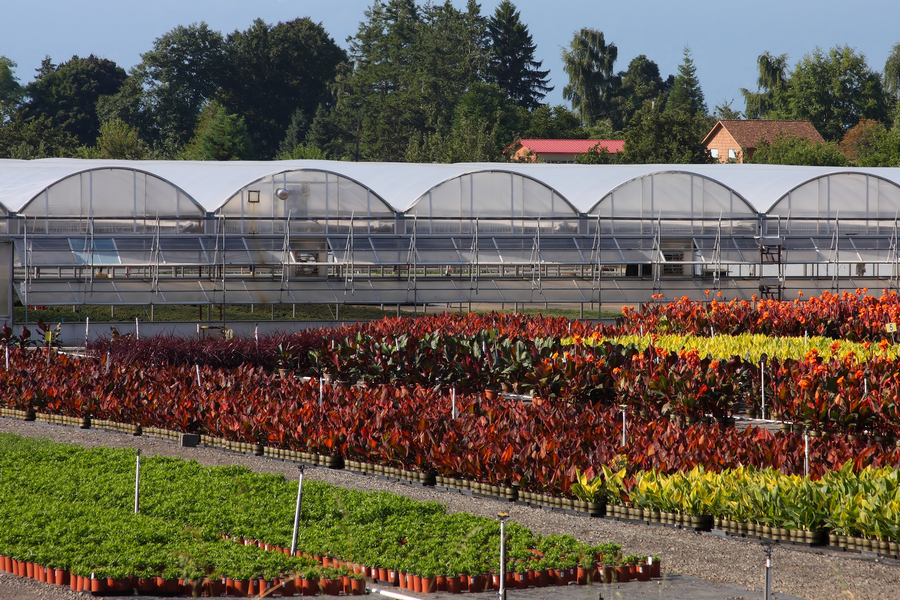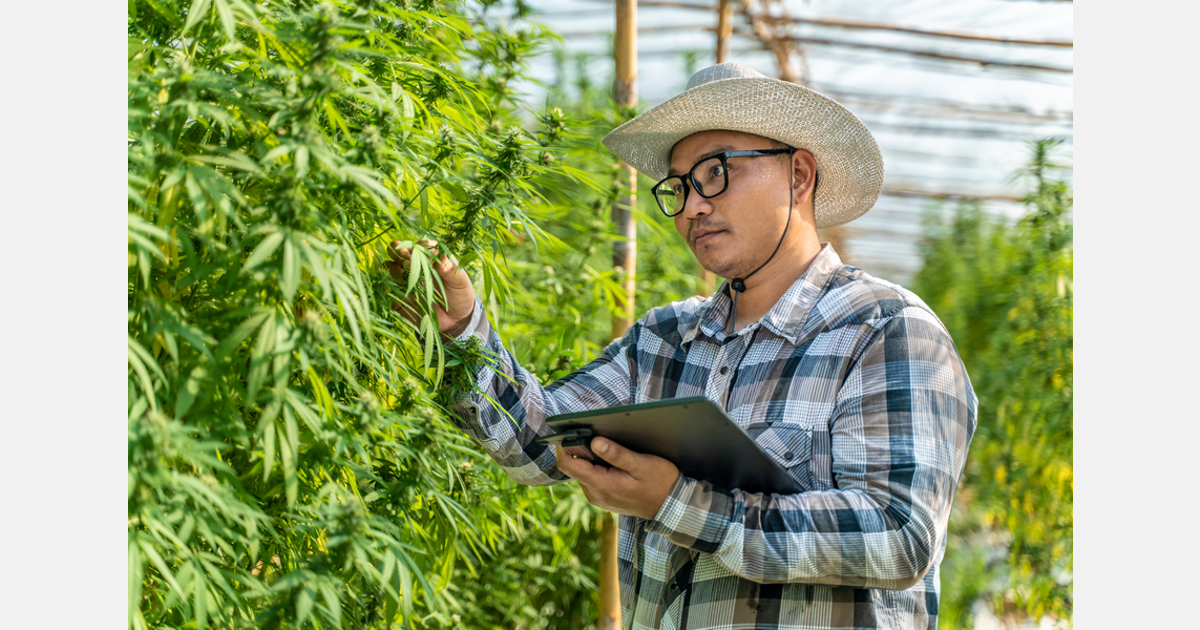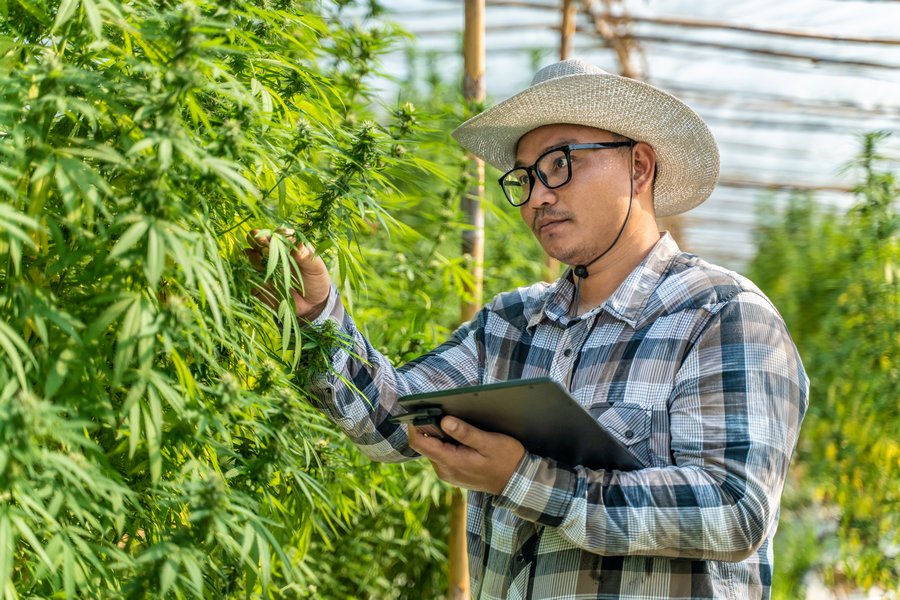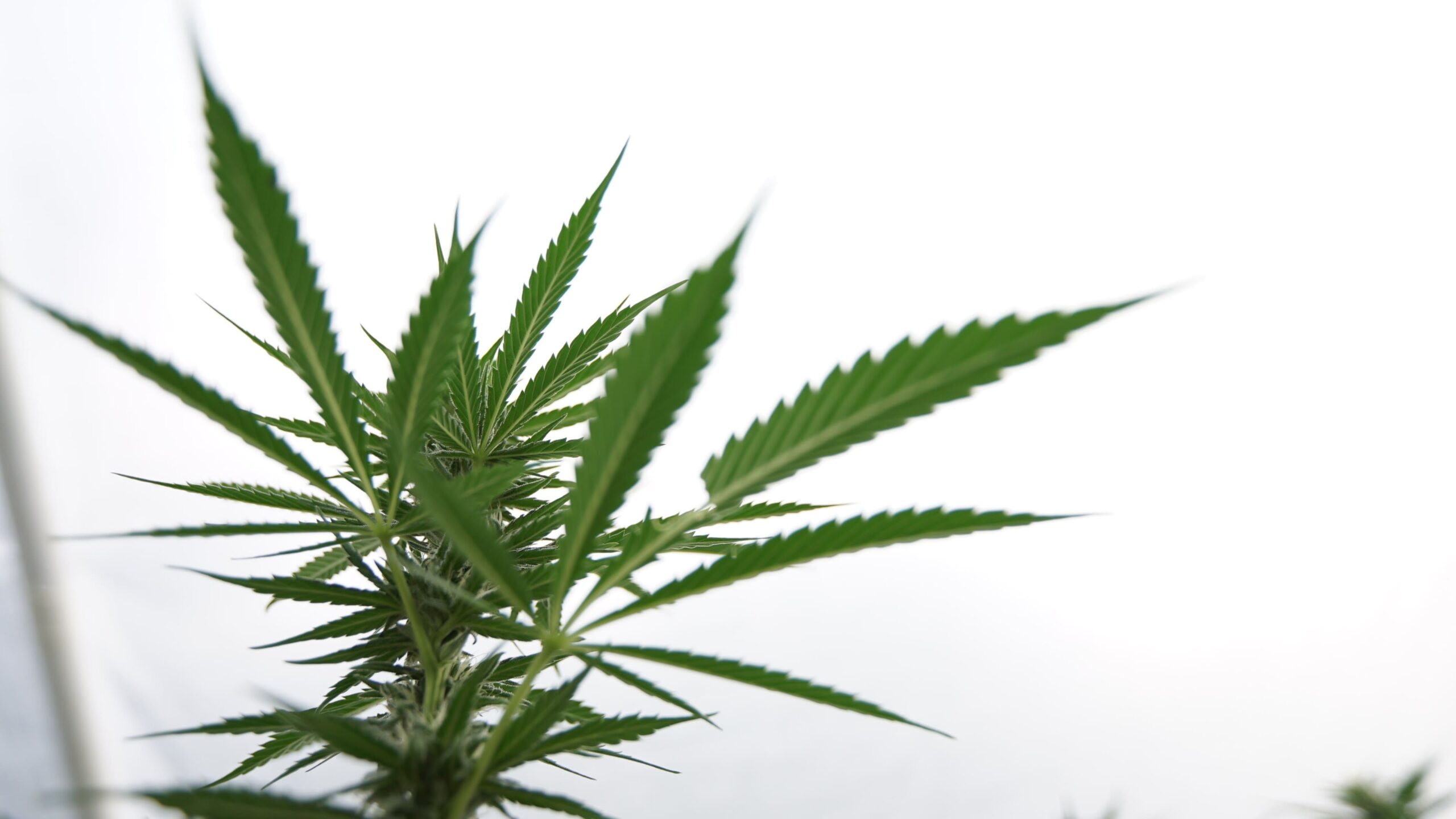Oklahoma activists have withdrawn a marijuana legalization initiative they had hoped to put on the state’s 2026 ballot.
After a brief but aggressive signature push to secure ballot placement, Oklahomans for Responsible Cannabis Action (ORCA) ultimately failed to submit petitions by the deadline, according to the secretary of state.
It’s a critical setback for advocates, who partnered with retailers across the state — from existing medical cannabis dispensaries to tattoo parlors — to place orders. More than 500 locations provided support by serving as signature locations.
ORCA needed to submit 172,993 valid signatures by Monday, and despite the campaign’s optimism about progress, the Secretary of State confirmed that no cuts have been made.
“RETIRATION PROMOTIONS OF THE AUTHORITY”, website of the office he says. “November 3, 2025; No application brochure filed on behalf of IP449; IP449 is no longer active in the office of the Secretary of State.”
Despite the decentralized, largely volunteer nature of the campaign effort and not actively verifying signatures collected, ORCA founder Jed Green, who could not be reached for comment Monday or Tuesday, told Marijuana Moment last month that the group had “a pretty big stack” of signed petitions on hand.
The campaign was still discussing hundreds of signed petitions as of Monday evening.
It was a tight turn to deliver the signatures, as the campaign only started collecting them in August, and advocates were given about three months to do the work.
There were particular challenges this election cycle, as Gov. Kevin Stitt (R) gave final approval to the legislation earlier this year, which some advocates worry will block future citizen-led policy changes, including cannabis reform.
It is laid down by law Additional requirements regarding the initiative language that voters see on the ballot and also revised signature-gathering policies to require petitioners to submit signatures of only 11.5 percent of registered voters in a single county for bills and 20.8 percent for constitutional measures. The law is currently being challenged for reasons unrelated to the specific cannabis proposition.
Green said earlier that it’s one of the main differences between the initiative his own the organization A previous one that was pushed this year and failed on the 2023 ballot is that it accounted for concerns about licensing rules. Many have criticized the expansion of the state’s medical marijuana law, which led to a proliferation of dispensaries, and Green said the failed adult-use measure effectively duplicated that licensing scheme.
Here’s what ORCA’s latest marijuana legalization initiative would accomplish:
- It would allow adults over the age of 21 to purchase and possess up to eight ounces of cannabis for personal use. They can also contain up to 12 plants grown and harvested, and contain up to one ounce of concentrated cannabis.
- The proposed Constitutional amendment would also provide that Oklahoma banks will not be penalized for servicing state-licensed cannabis businesses.
- The initiative also includes protections for adults not to be penalized for “health care, housing, employment, public assistance, public welfare, parental rights, educational opportunity, extracurricular activities” and “licensing or authorized activities” such as firearm ownership and driving privileges as a result of legal cannabis activity.
- Within these safeguards, the presence of THC metabolites in a person’s system could not be used as evidence of impairment.
- Local governments would not be able to impose bans on the cultivation of marijuana at home, and any regulations they impose on the activity could not be an “undue burden.” Furthermore, there is no public ordinance on the public smoking of marijuana that could be more restrictive than what is currently in place for tobacco.
- Existing medical cannabis licensees, as well as new retail licensees, would be able to start selling to adult consumers 60 days after the measure goes into effect. After 180 days, they could start distributing cannabis products to adults.
- The same state departments that oversee the current medical cannabis program would be responsible for regulating the adult-use market.
- It would impose a 10 percent excise tax on adult marijuana products, and the initiative provides that the legislature will be empowered to lower but not raise that tax rate.
- The revenue from those tax dollars would go to the state general fund (40 percent), as well as the county governments where the retail sales occurred (30 percent) and municipal governments (30 percent). For unincorporated jurisdictions, the revenue would be split equally, 50 percent to the general fund and 50 percent to the counties.
- 60 days after the measure goes into effect, the tax rate on marijuana for registered cannabis patients would be waived.
- It also states that state-licensed marijuana businesses cannot be prevented from engaging in interstate commerce if there is a change in federal law, or a court action, that authorizes such activity. If that happens, the legislature would be allowed to impose a 3 percent wholesale tax on cannabis exported across state lines.
Meanwhile, in the middle of the signature collection process, law enforcement leaders with the Oklahoma Chiefs Association and the Oklahoma Bureau of Narcotics and Dangerous Drugs. was raising concerns about cannabis.
—
It’s Marijuana Time tracking hundreds of cannabis, psychedelic and drug policy bills in state legislatures and Congress this year. Patreon supporters by pledging at least $25/month, you’ll get access to our interactive maps, charts, and audio calendars so you never miss a development.
Learn more about our marijuana bill tracking and become a Patreon supporter to gain access
—
Also in Oklahoma, lawmakers advanced a bill that was targeted in March Protecting the gun rights of state-registered medical marijuana patientsalthough federal law still prohibits cannabis users from possessing firearms regardless of patient status.
It would be another state bill introduced by a GOP lawmaker in January criminalizing the use of medical cannabis during pregnancy.
Photo by Chris Wallis // Side Pocket Images.


 Cannabis News2 months ago
Cannabis News2 months ago
 Florida3 months ago
Florida3 months ago
 Canadian Cannabis News3 months ago
Canadian Cannabis News3 months ago
 Best Practices3 months ago
Best Practices3 months ago
 Video3 months ago
Video3 months ago
 Video3 months ago
Video3 months ago
 Cannabis Products & Services News3 months ago
Cannabis Products & Services News3 months ago
 aawh3 months ago
aawh3 months ago


























